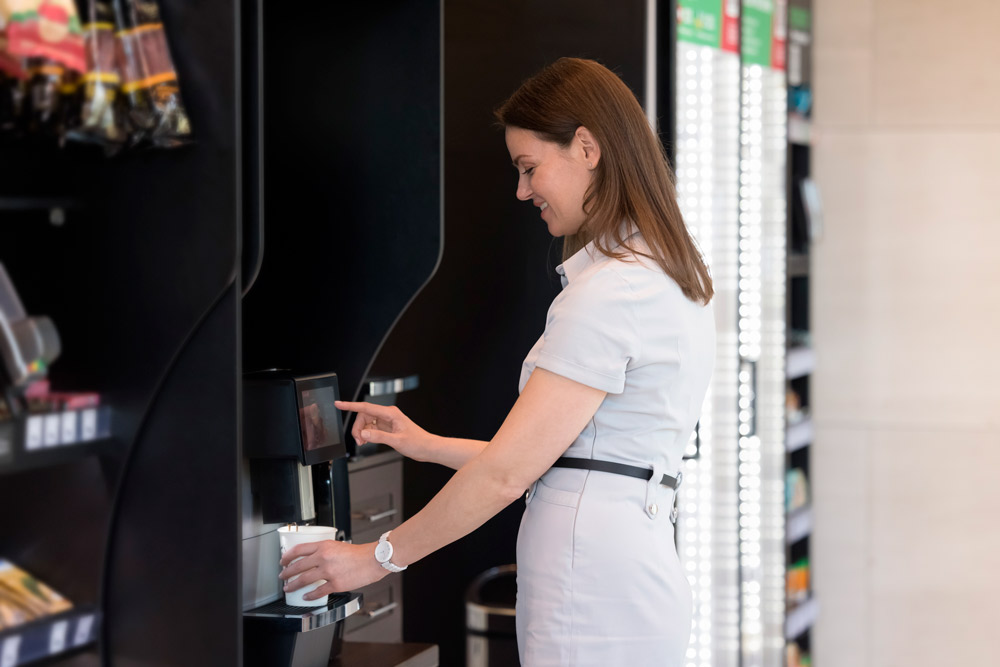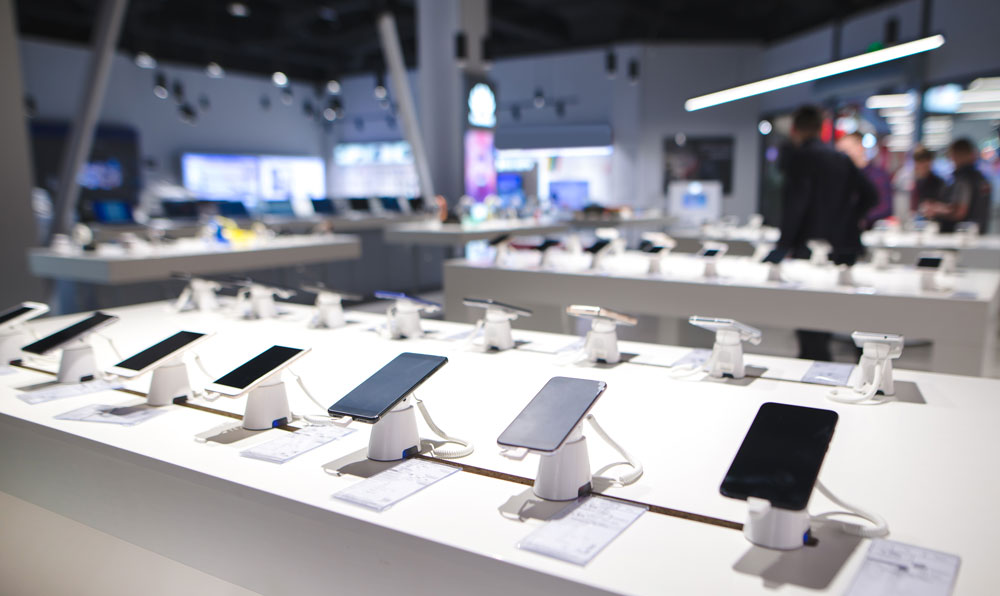Source: www.insiderintelligence.com
The trend
After several years of investing in ecommerce, retailers are focusing on brick-and-mortar investments to capitalize on renewed demand for in-store shopping.
As of August, there were 4,432 store openings and just 1,954 closures, per Coresight Research.
Discount and off-price seize the moment
As inflation drives consumers to trade down and search for deals, off-price retailers are using the opportunity to gain market share. Discount retailers are by far the most prolific store openers this year, with 1,910 new locations announced.
- Nordstrom Rack has eight additional locations in the works for the next year, ranging from urban centers like Los Angeles and Phoenix to smaller cities including Wichita, Kansas, and Union Gap, Washington.
- Ross Stores Inc. opened 28 Ross Dress for Less Stores and 12 dd’s Discount stores in September and October alone, bringing the retailer’s total store openings this year to 99.
- Dollar General recently opened the 100th location of its Popshelf format in Chattanooga, Tennessee, with plans to have 150 standalone stores and 40 shop-in-shops operating by the end of the fiscal year.
Fast-fashion brands are optimistic
Despite a bumpy year for apparel, Primark and Forever 21 are betting that consumers will continue to turn to fast-fashion brands for trendy clothing at low prices.
- Primark is accelerating its expansion pace in the US even as parent company AB Foods struggles with “substantial and volatile inflation.” Primark expects to grow from 13 to 60 stores over the next five years.
- Forever 21 is re-establishing its US brick-and-mortar presence with 14 new retail stores. The expansion is the result of the retailer seeing more enthusiasm for in-store shopping and pick-up options, the company’s chief marketing, digital, and omni officer Jacob Hawkins said.
Digital natives look for growth
Digitally native direct-to-consumer brands have ramped up brick-and-mortar investment considerably as ecommerce growth slows and customer acquisition costs skyrocket. Both Warby Parker and Allbirds are relying more on physical stores to drive customer awareness, engagement, and sales.
- Warby Parker opened 13 stores in Q3, and is on track to open 40 stores by the end of the year. Even with the softer retail environment, the company said its stores generate on average $2.1 million in annual revenues, and take 20 months to become profitable.
- Allbirds reported a 53% year-over-year increase in Q3 store sales, although most of its locations are still unprofitable. Still, Allbirds considers stores “a powerful acquisition tool, allowing us to gain leverage on marketing spend to lower customer acquisition costs, increase the penetration of valuable omnichannel repeat customers, and are ultimately the best expression of our brand,” CEO Joey Zwillinger said on the company’s earnings call.
Looking ahead
With more consumers opting to shop in-person this holiday season, now is the time for retailers to experiment with the brick-and-mortar experience. That could mean adding new stores in fast-growing cities like Boise, Idaho, or Salt Lake City, Utah, or using smaller formats to expand beyond malls into suburban neighborhoods. Or retailers can follow Warby Parker’s example and add services to encourage foot traffic.













